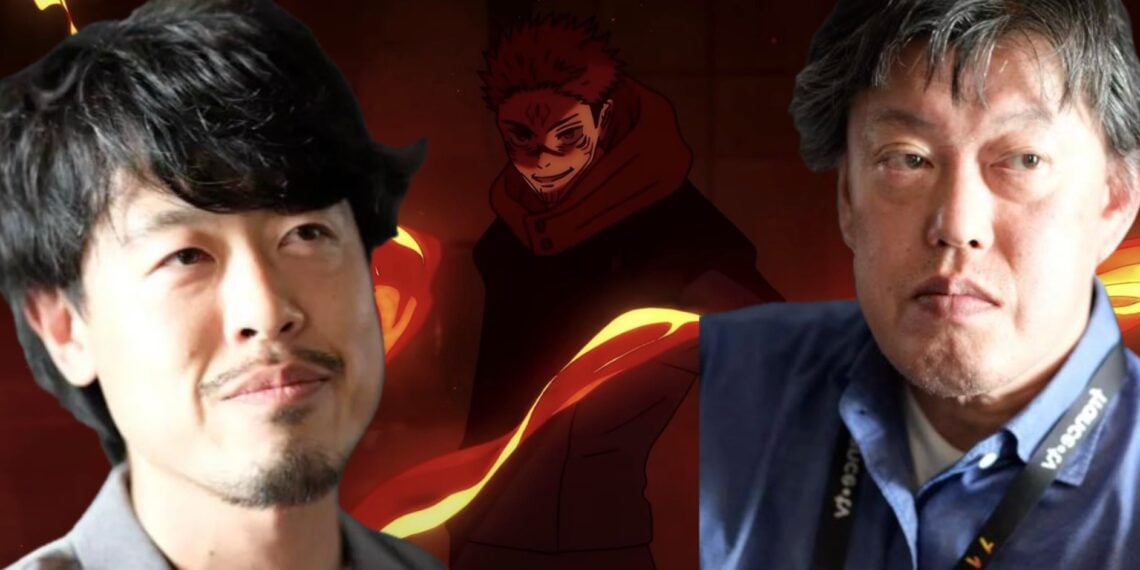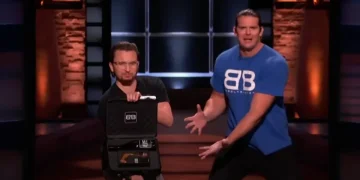A divide has emerged in the anime industry regarding the use of AI tools. On one side, many animators and anime staff have strongly voiced concerns about implementing AI, worried it could negatively impact jobs and creativity. However, two veteran anime directors, Keiichi Hara and Tomohisa Taguchi, expressed an alternate perspective during a panel discussion at the Annecy Festival this year.
Unlike their industry colleagues, Hara and Taguchi argued AI could actually be a beneficial substitution for animators, who they felt were sometimes “lazy.”
They highlighted that AI is tireless – it does not sleep, get tired, or complain. This implies that AI may be well-suited to take on animation work in place of humans, who inevitably have limitations on their output and working capacity.
The contrasting opinions underscore an ongoing debate as new AI tools increasingly enter the creative space.
While automation brings certain efficiencies, some worry about its impact on employment and originality – concerns that clearly do not resonate as strongly with more established directors like Hara and Taguchi.
Their stances speak to larger questions facing industries like anime: What is the appropriate role for AI in creation and production? And how can humans and machines best collaborate?
Bleach Anime Director Prefers AI Over Fair Pay for Animators
Directors Hara and Taguchi’s positive stance towards utilizing AI in animation has spurred intense reactions across anime fandom. Their remarks come amid broader debates about incorporating AI into creative industries.

Specifically, Hara touched on the complexities of animated filmmaking, which led to commentary about animators potentially taking advantage of the system by collecting pay without contributing sufficient effort expected of them. He labeled such animators as “lazy.”
This characterization from an established industry figure, Hara, struck a nerve for some anime enthusiasts.
They felt directors should exercise more prudence when discussing employment issues, especially given the recent turmoil about compensation and working conditions faced by many animators.
From this perspective, Hara’s labeling seemed to unfairly blame individual animators instead of acknowledging wider structural problems or limitations on time and budget.
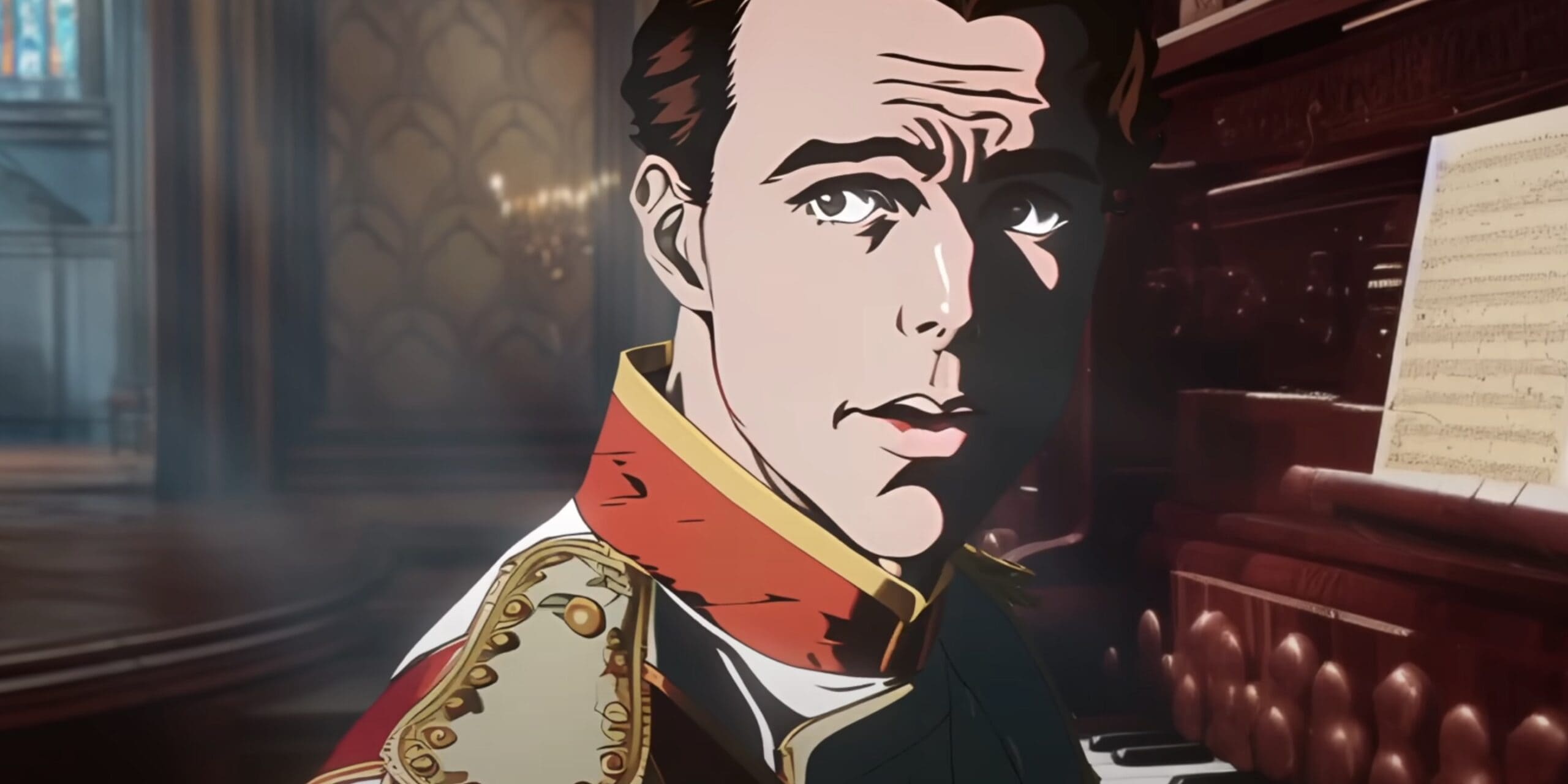
The fan response exposes raw feelings about the animation industry’s labor practices and resistance to exhibitors’ thoughtlessly reinforcing negative stereotypes.
While directors may see promise in AI assistance, their positive outlook overlapped with existing concerns about human animators getting fair treatment and respect. The backlash is a reminder of gaps in understanding between decision-makers and animation’s core supporters.
Burgeoning Concerns Over Anime Industry Exploitation Amidst Hara’s ‘Leeches’ Analogy
Hara controversially compared certain animators to “leeches” by alleging that a sizable number collect paychecks without contributing quality work up to expected standards.
Elaborating further, he suggested an imbalance between the large volume of anime productions happening concurrently and the smaller pool of animators he considers truly talented.
Hara argued this discrepancy enables mediocre animators to exploit the high demand by continually bouncing to new studios for employment without repercussions for subpar output.
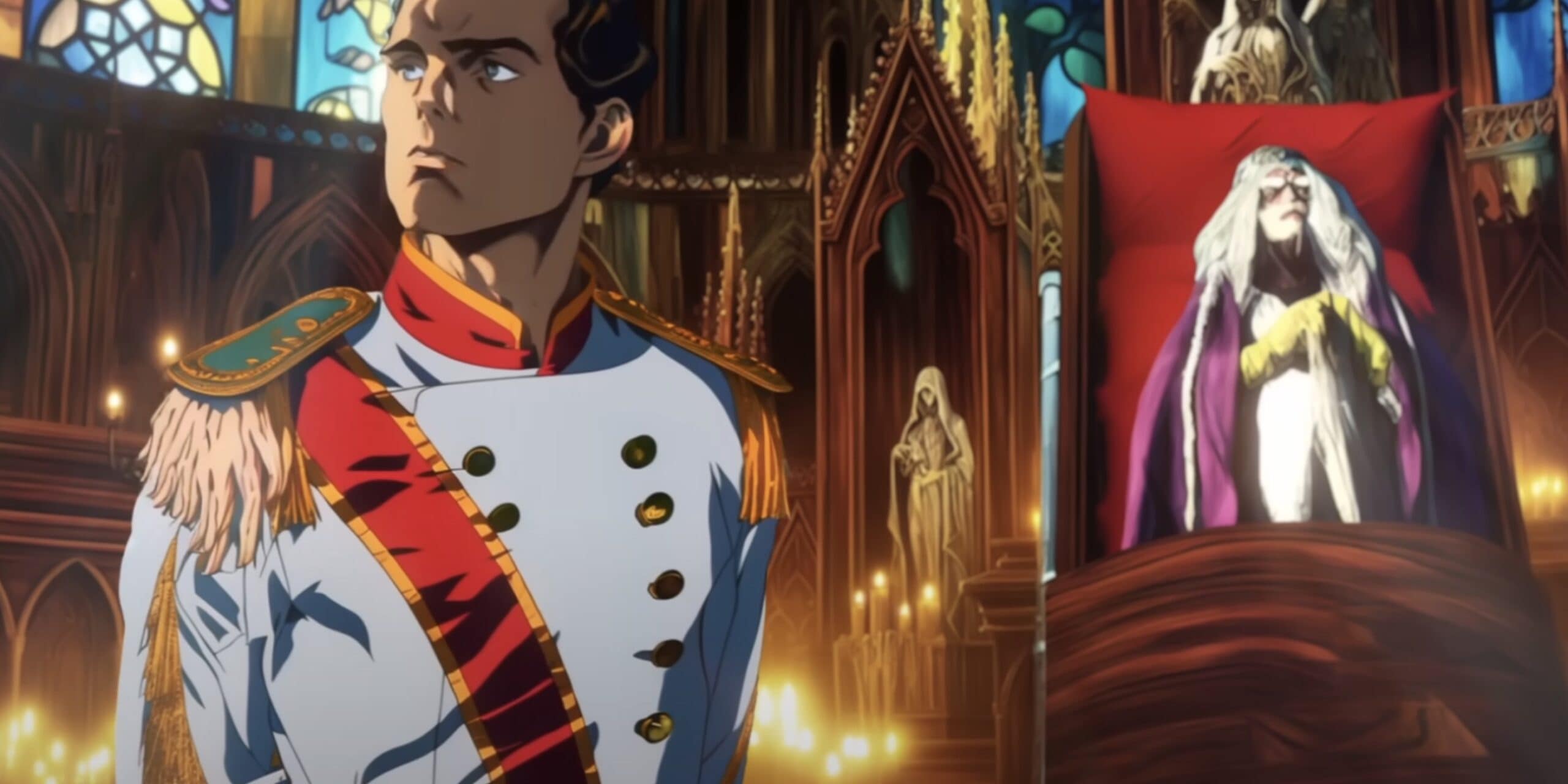
In essence, Hara voiced a cynical view – that the constant pressure to staff so many projects inadvertently sustains underperforming animators. Since schedules must be met, studios cannot be as selective or enforce strict expectations.
By depicting these animators as mere mercenaries profiting off a stretched industry rather than as struggling creatives, Hara demonstrated insensitivity towards wider labor concerns.
His blunt language about “leeches” sucking away resources stung supporters already worried about fair pay and treatment of overburdened animators.
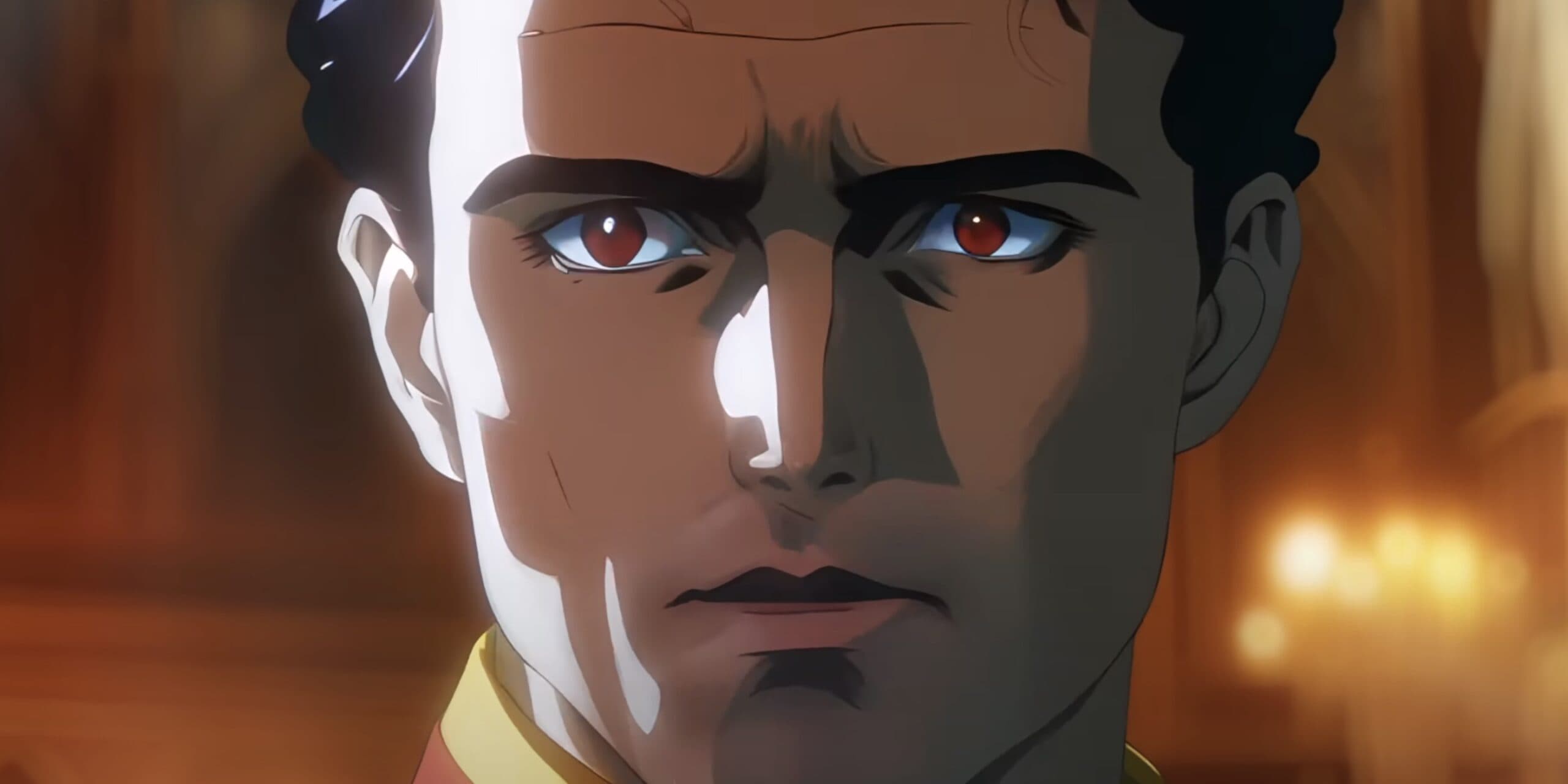
The reaction underscores fans’ deeper fears – that heavy workloads and production bottlenecks are not anomalies but an ingrained logic that callously burns through animators without addressing systemic problems.
Hara’s remarks touched a nerve by seeming to confirm rather than challenge that exploitative dynamic.
Hara Advocates for AI in Animation
Hara shared a specific example from his latest film, Lonely Castle In the Mirror, of an animator who allegedly did no work for a whole year after initial meetings.
This personal experience seemingly reinforced Hara’s jaded view that a troubling portion of animators are not fully carrying their weight.
When later asked about utilizing AI in animation, director Taguchi suggested the technology could potentially resolve these productivity issues highlighted by Hara if AI capabilities continue advancing.
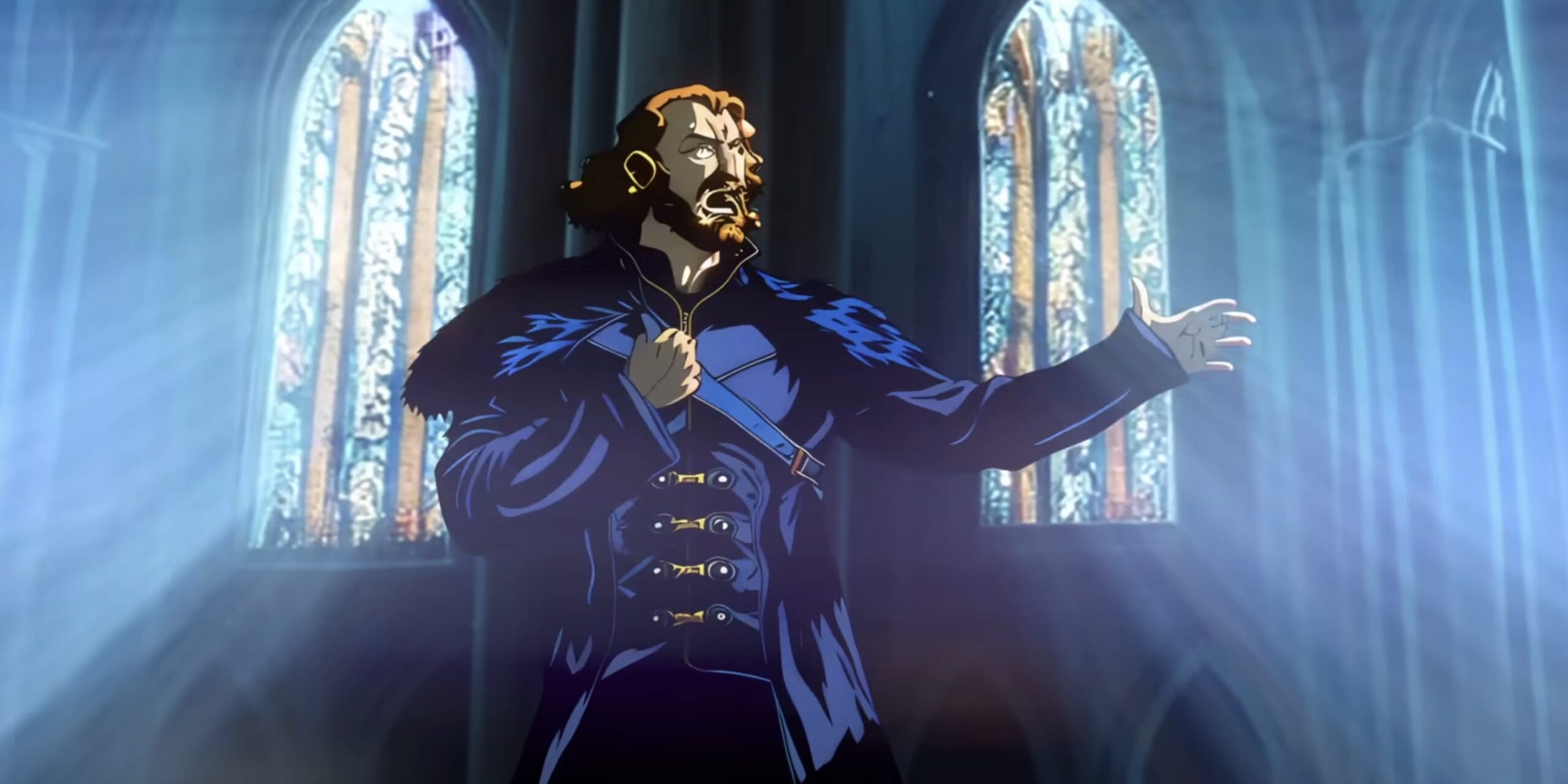
Hara concurred with Taguchi’s positive AI outlook. He argued lazy animators should be replaced by AI that can work tirelessly without complaints, fatigue, or sleep requirements.
Hara took this idea further – speculating that an inevitability could come when AI supplants human animators altogether.
Between AI’s untiring nature and Hara’s dim view of many animators’ drive, he reached an extreme conclusion – that human obsolescence may be encroaching upon animation just as in other industries.
This staunch AI endorsement and willing dismissal of human workers disturbed fans and animators alike. To them, Hara demonstrated an aloofness toward animators’ actual working situations and fallibilities.
His eagerness to swap their contributions for AI mirrored long-time worries that new technologies could displace creative careers.
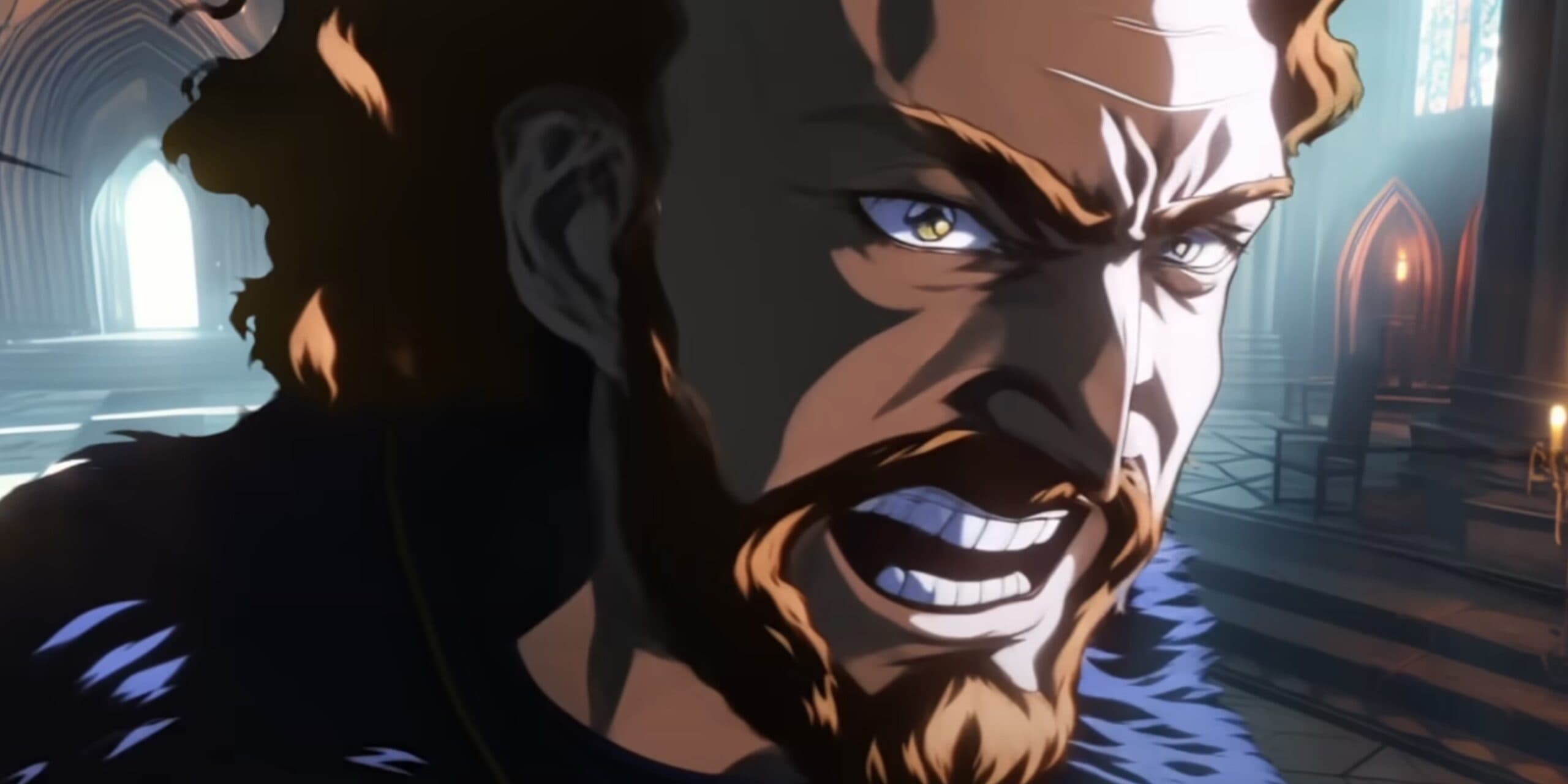
While practical realities inevitably will shape anime’s future workforce, Hara’s rhetoric felt devoid of any solidarity with animators or nuance regarding ethical implications.
AI’s Rise in the Japanese Anime Scene
While anime as an industry sees substantial growth, animators and other core creative roles work under notoriously harsh conditions, including very low pay and intense pressure.
A New York Times exposé revealed meager $200 monthly salaries even for skilled animators and illustrators known as “genga-man” in Japan. Even freelancers can withstand heavy workloads, going days without breaks.
This severe mismatch between effort and compensation has driven many out of the industry entirely. The exploitative norms point to deeper financial dynamics in anime production.
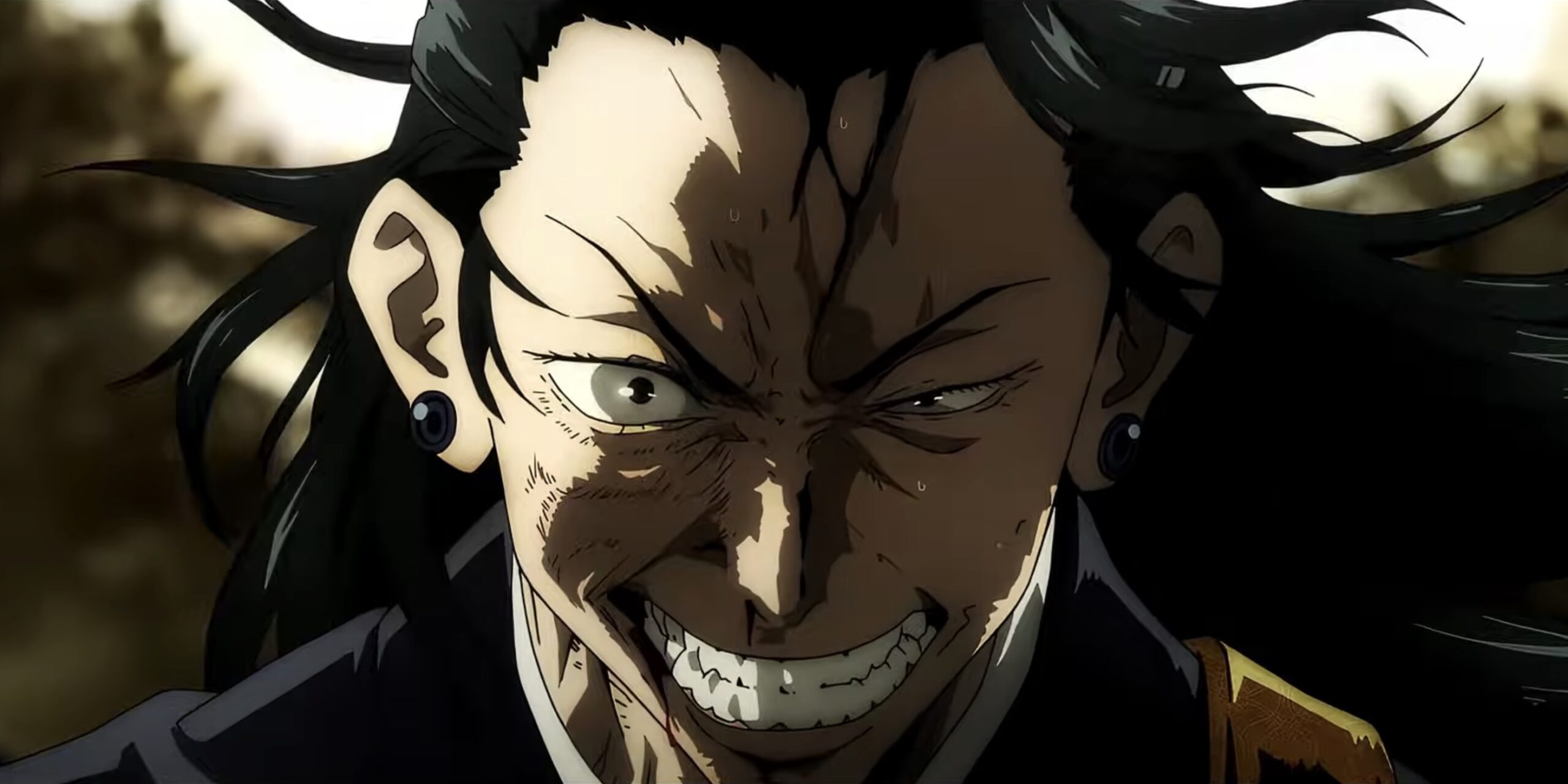
Most profits flow upstream to “production committees” – consortiums of companies like publishers, toy brands, and pachinko machine makers who own IP rights. They reap lucrative royalties from the wildly successful anime franchises.
Meanwhile, animation studios receive fixed project fees that cushion them against losses but cannot access the outsized profits. This imbalance allows other entities to enrich themselves from the creativity and labor of numerically small animation teams who bring these works to life.
Essentially, the existing structure concentrates financial returns among corporate rights holders while isolating creators from larger success – a disconnect that enables ongoing strain.
Directors like Hara exist on the business side of this divide. Their removal from animators’ economic realities likely informs views about replaceability.
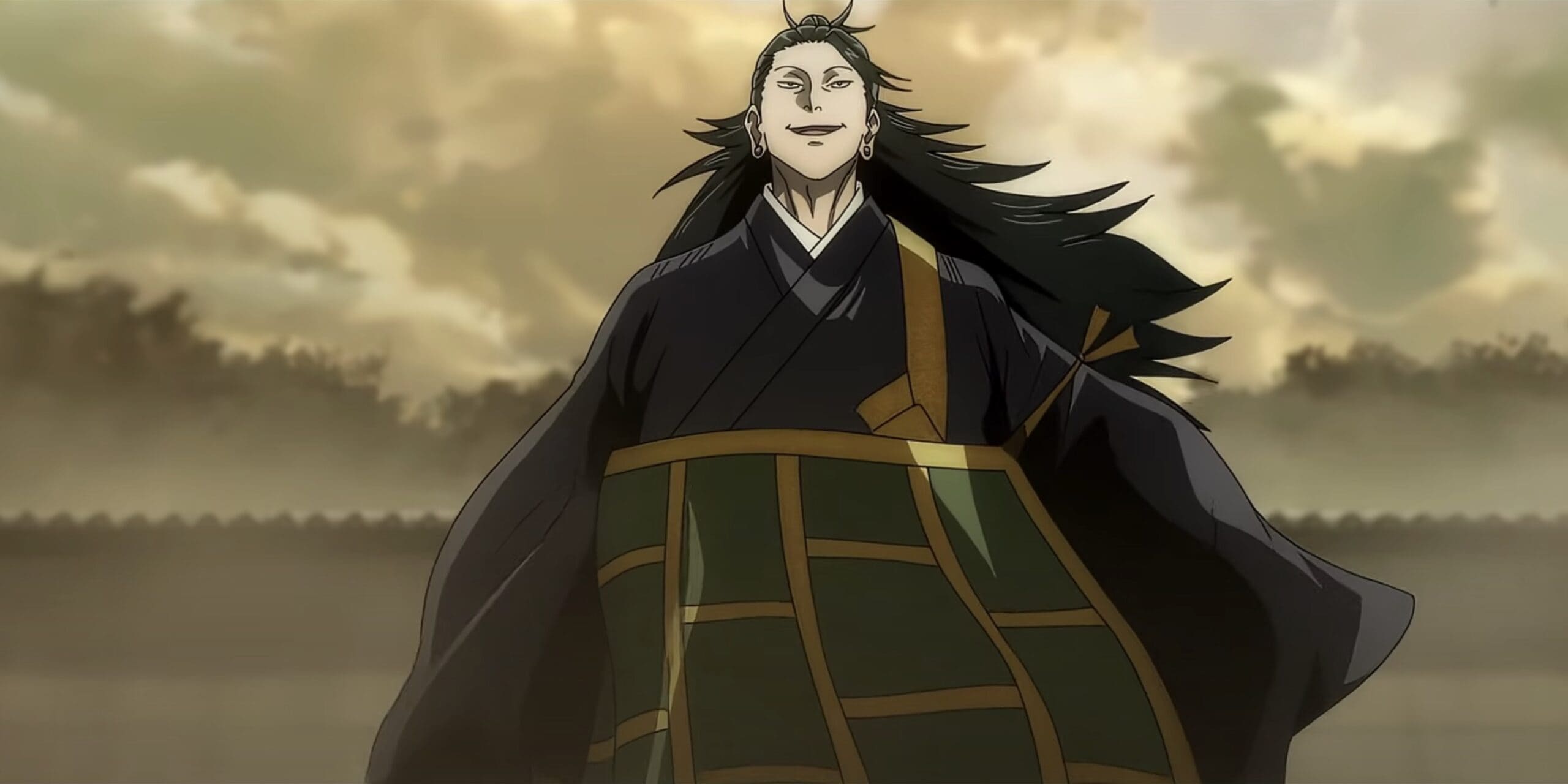
Without financial incentives or power to improve conditions, animators operate as virtually interchangeable cogs rather than valued creative partners.
Comments like Hara’s reveal the human impacts of a system architected toward commercial optimization rather than equitable participation.
Fans Reaction To AI In Anime
Beyond Hara and Taguchi’s controversial remarks, prior attempts to use AI in anime production have been met with widespread criticism.
For example, Netflix faced backlash when its short film “The Dog & The Boy” utilized AI for background art. The results were seen as creatively flat. Similarly, the anime “Rock, Paper, Scissors” by the company Corridor Digital was accused of plagiarism and lacking original style due to its AI foundations.

Makoto Tezuka, director at seminal anime studio Tezuka Productions, encapsulated reservations shared across the industry – that AI cannot rival the human capacity for ambiguity, nuance, and imaginative worldbuilding critical to animation storytelling.
On top of quality concerns, Japanese animators worry incorporating AI could lead to greater copyright infringement of their work, given the country’s relatively lenient intellectual property laws regarding art. Images fed to train algorithms could be used without proper permissions or attribution.
Between fears of eroding aesthetic standards and legal protections, most anime creatives perceive integrating AI as actively detrimental to human animators and the vivid hand-crafted aesthetics that define the medium.
Will AI Replace The Animators Completely?
A number of industry experts have expressed enthusiasm about the potential for AI to make important contributions to anime production, though most don’t foresee it wholly replacing human animators.
Animation is a complex art form that relies heavily on storytelling aptitude, understanding movement and timing, and tremendous imagination.
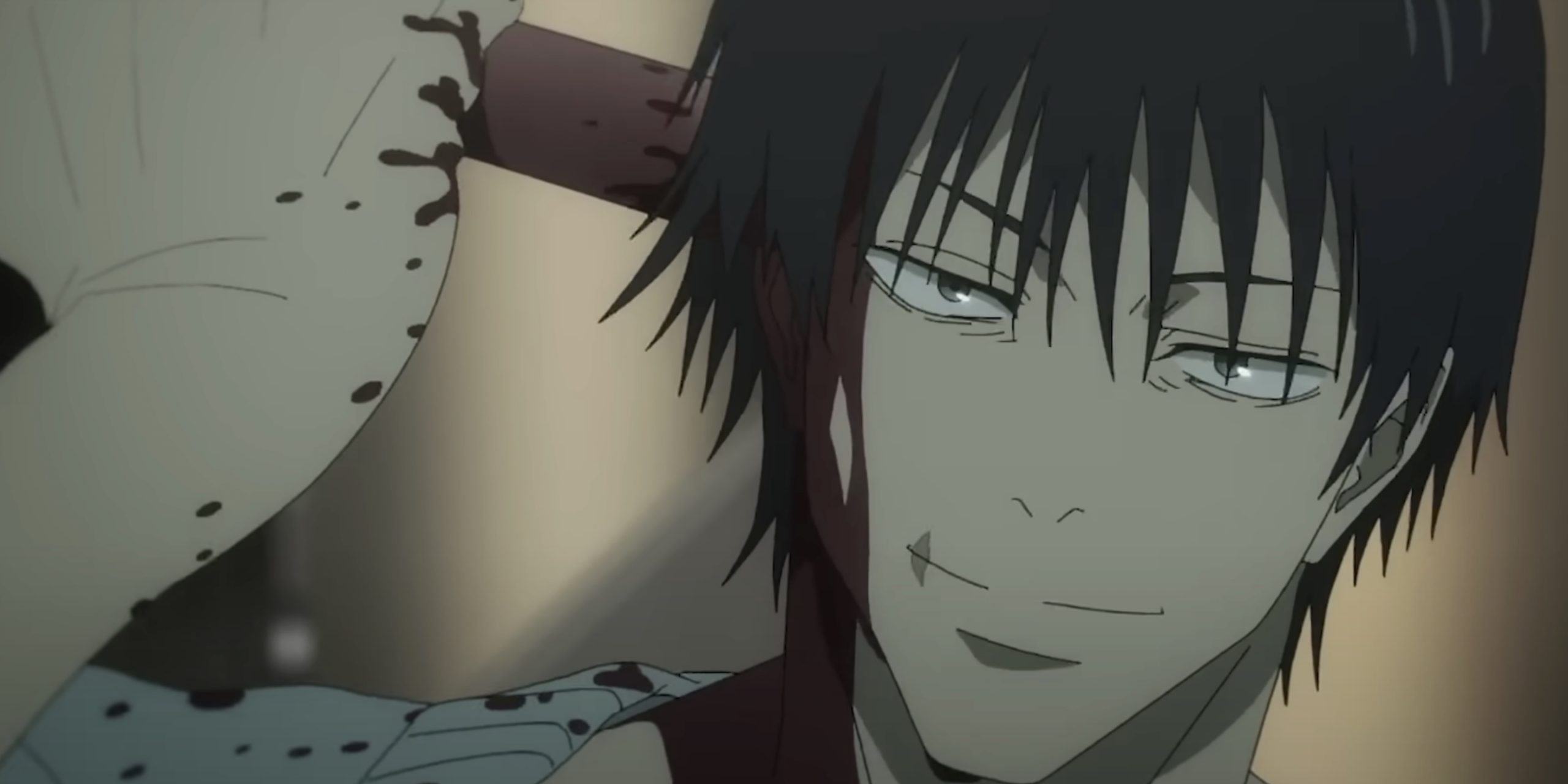
From the legendary artist Osamu Tezuka’s perspective, “I am hopeful that rather than displacing creators, AI will empower them to broaden the scope of their work.”
Human ingenuity is the heart of exceptional anime. Skilled animators have a gift for bringing stories to life through motion that cannot be matched by algorithms.
However, AI could take on some of the more tedious duties, freeing up artists to focus on higher-level creative responsibilities.
Technologies that generate in-between frames, enhance special effects, or complete repetitive animation tasks may constructively augment human efforts rather than supplant them.

The most promising vision for the future is one of symbiosis rather than replacement.
AI handles the rote work, while animators concentrate on those aspects of production that most profoundly benefit from human creativity, emotion, and experience.
Working in partnership in this way allows both human and artificial intelligence to complement each other’s strengths for the betterment of the art form.


